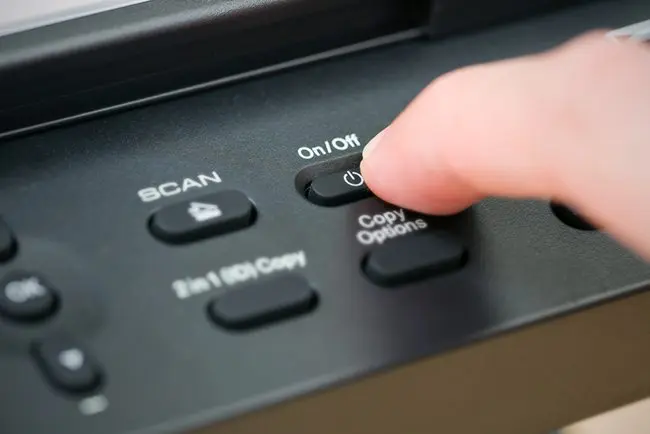Here Andrew explains why he was disappointed, but perhaps not surprised, to learn that more than half of the small businesses we polled still don’t know how much they are spending on printing. More worrying still, is that when these figures are broken down, 66 per cent of those from larger firms within the SME category are totally unaware of these costs.
We may be emerging from recession, but it’s a fact of life that more small businesses fail when they attempt to grow and take calculated risks than at any other time. They need all the budget they can muster to invest in new revenue-generating ideas. Wasting unnecessary time and money on a day-to-day function like printing, that can easily be refreshed and streamlined, just doesn’t make sense.
So how can these results be transformed into good news?
Well, SMEs have the opportunity to act on a potential to save money and transform their printing and document management strategy. In other words, by taking a long, hard look at the way they currently work, assessing new developments in the market and putting a new plan in place, they still have a chance to make real gains.
And while the high number of SMEs with uncontrolled printing can be frustrating (knowing the cost and other efficiencies that they could be making), it does mean that those that act now will still steal a march on those that choose to do nothing.
The survey questioned decision-makers including finance managers and directors, office managers, CIOs and IT managers across a range of industries. It suggests concerns about printing costs are not unfounded – 44 per cent of those who are aware of their printing overheads say they spend over £10,000 a year, even though business processes have become increasingly electronic. Some 39 per cent believe that their company is overspending because of unnecessary printing.
In this context, it’s surprising then that 85 per cent claim to use multifunction printers (all-in-one devices that combine a printer, copier, scanner and fax), with 65 per cent of the total sample using them to manage documents. This should cut down the number of times a document needs to be printed – and yet this not insignificant proportion believe that much of their printing is unnecessary. This doesn’t add up, so what is clear is that these businesses need to examine their processes and audit their print fleet carefully.
It’s equally concerning to learn that, despite these worries about unnecessary printing, how many businesses are missing out on ways to use the latest print technology to save money. Some 41 per cent(rising to 61 per cent among companies with over 100 but under 250 employees) outsource the printing of straightforward items such as business cards and other stationery.
Again this is an opportunity to make real savings. Print technology has developed rapidly over the past few years and printing straightforward items such as business cards can be easily carried out in house using new, affordable graphics arts printers together with downloadable templates. Printing high-end documents such as brochures, posters and even banners is also simple, especially using ground-breaking new devices that for the first time can print white on dark colour substrates, providing far greater flexibility than before.
For those in particularly fast-moving industries where new products and promotions are launched on an ongoing basis, this can greatly accelerate speed to market and actually make a big difference to the success of a new campaign or product launch.
Upgrading and consolidating hardware and tightening up processes can be achieved without major capital investment, but rather paid for as a service. Working with OKI, a business taking on a managed print service will reap the rewards of fixed costs combined with expert implementation – they’ll cut down unnecessary print spend and budgeting for this area of the business is simple.
It’s rare these days to uncover such a rich seam of untapped savings. See it as a positive and the rewards will be significant.


